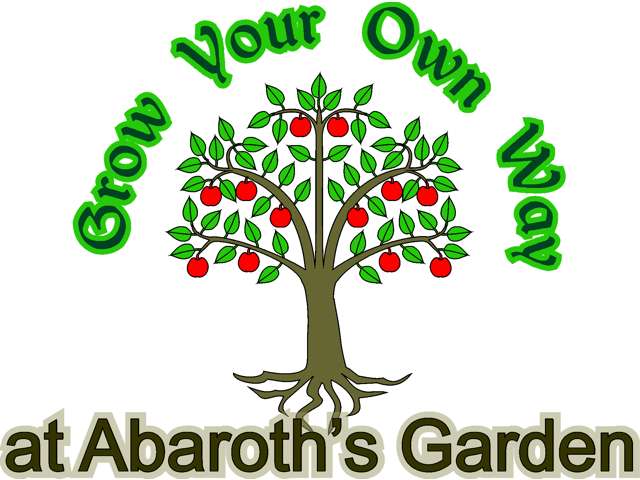|
Materials & Tools
Empty 500 ml pop bottle,
Craft knife,
Scissors
|
|
Step 1
Cut the label from the bottle. If
desired, you can remove any residual glue with a drop of white
spirit.
|
 |
Step 2
Using the knife, make a slot near
the base of the bottle. |
 |
|
Step 3
Continue the cut all the way
around the bottle using the scissors. |
 |
Step 4
Press the neck of the bottle into
the soil near the stem of the plant. |
 |
Step 5
To water the plant, simply fill
the bottle from a watering can. The bottles are also used when
adding liquid feed, like tomato food, making it easy to ensure
each plant has had the same amount.
|
 |
The bottles are an ideal solution to
watering plants in grow bags, pots, containers or hanging
baskets, ensuring that the plants get enough water without
causing any disturbance to the soil or soaking the foliage.
|
|
Step 6
To water very thirsty plants on
my allotment, like pumpkins, squashes and courgettes, I make a
larger funnel from a 2 litre bottle.
|
 |
Step 7
As the plants grow, the bottle
may become hidden in the foliage. At this point, push a short
cane through the neck of bottle into the soil.
|
 |
Step 8
Add a second bottle on top of the
first, and fit a protector on top of the cane to prevent injury. |
 |
|
Example 1
Bottles in the planters in my
polytunnel with tomatoes and cucumbers. I water daily, and once
flowers appear, I simply add tomato food twice weekly. |
 |
Example 2
Bottles in hanging baskets, which
very quickly get hidden from view as the plants grow. They
ensure the baskets get a good supply of water whilst preventing
the compost being washed away. |
 |
Example 3
Stacked 2 litre bottles on canes,
with butternut squashes. The canes are topped off with an empty
500 ml bottle. The photo shows how difficult it would be to
supply water to the base of the plants without the funnels. |
 |
|
|
|
|
|
|
|
